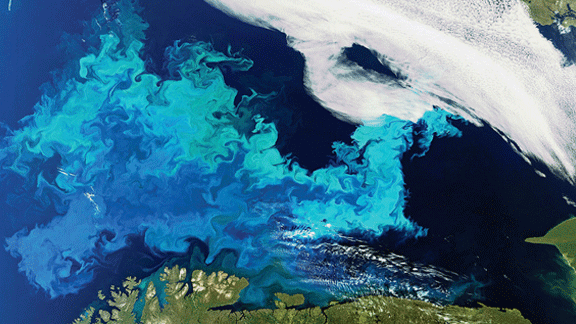Half of the world’s vertebrates died off in last 40 years

The World Wide Fund for Nature’s 2014 Living Planet Report paints a grim picture of capitalism’s impact on the environment and in particular on living creatures.
Between 1970 and 2010, the Living Planet Index, which tracks more than 10,000 local populations of 3,038 different mammal, bird, reptile, fish and amphibian species, has declined by an unprecedented 52 percent. The number of freshwater animals fell 76 percent.
“Put another way”, say the report’s authors, “in less than two human generations, population sizes of vertebrate species have dropped by half. These are the living forms that constitute the fabric of the ecosystems which sustain life on Earth – and the barometer of what we are doing to our own planet, our only home. We ignore their decline at our peril.”
While the report focuses on the present rather than the future, the trends it outlines are getting worse. Several direct causes are identified – habitat losses, pollution, excessive fishing and climate change being at the forefront.
The report is correct that human activity is responsible for almost all of these falls. However, it contains two major weaknesses.
It erroneously focuses on human population growth as a driver of environmental degradation. This both misdirects blame for the problem toward faster growing sections of the population – mostly the Chinese and Indian working class – and in doing so provides a useful scapegoat for the corporate executives, politicians and other ruling class figures who make the decisions that devastate the planet.
The other significant weakness is found in the report’s introduction, titled “We are all in this together”. It might seem correct – after all, there is only one planet Earth and we all live on it. The problem with the formulation, however, is that the planet isn’t simply dying; it’s being killed. And not because of the decisions most of us make.
For example, the scramble to source and then burn fossil fuels is one of the most environmentally damaging practices. The technology exists to provide most or even all of the world’s energy needs from renewable sources. Yet the uptake of alternative energy is limited by the way the economy is currently structured. Renewables account for only 2-3 percent of global energy production.
Minerals Council of Australia chief executive Brendan Pearson told the Australian Financial Review the reason. “[M]ost of all it’s cost”, he was quoted as saying on 17 October.
On one hand, trillions of dollars are invested in polluting industries. Exxon-Mobil alone has a market capitalisation of more than US$400 billion. And sixteen out of the 20 highest quarterly profits ever reported were made by oil and gas companies.
On the other, the majority of the ruling class outside of the energy sector also prefers to burn cheap fossil fuels in order that production costs are kept down and profits are commensurately higher. “We have to depend on fossil fuel, especially coal, because coal is the most low-cost energy source”, Yasushi Aoki, the head of Nippon Steel, one of the world’s largest steel producers, told the AFR.
The rest of us get little or no say in this.
The sort of concerted worldwide action needed to begin to reverse the damage outlined in the Living Planet Report is realistic only in a world that isn’t dominated by the almighty dollar. The minority at the top of society have absolutely no interest in such a world. They are not with us, they are against us.